10 Best Adventures of 1992
By:
June 22, 2020
Twenty-eight years ago, the following 10 adventures from the Eighties (1984–1993) were first serialized or published in book form. They’re my favorite adventures published that year.
Please let me know if I’ve missed any adventures from this year that you particularly admire. Enjoy!
- Cormac McCarthy’s Border Trilogy western adventure All the Pretty Horses. Shortly after WWII, John Grady Cole’s grandfather dies and their Texas ranch is sold. Now on his own, the taciturn sixteen-year-old, who is fluent in Spanish and good with horses, mounts up and heads for Mexico. He is accompanied by his friend, Lacey, and a young runaway, Jimmy. Although less violent and apocalyptic than other McCarthy stories, this one is characterized by the author’s gorgeous writing, and its saga-like pace and tonality. When Jimmy loses his magnificent horse in Mexico, then steals it back from its new owner, he is pursued right out of the story (for a while). In Coahuila, John Grady is hired as a a horse trainer and breeder… but when he falls in love with the rancher’s beautiful daughter, he runs afoul of her strong-willed great aunt. A group of Mexican Rangers arrests Rawlins and John Grady, because Jimmy — it turns out — ended up killing a man. The frontier idyll turns into a Mexican prison story, then a hunted-man story as John Grady retrieves his stolen horses from the corrupt Rangers. The last portion of the book is perhaps a bit longiloquent, and we miss John Grady’s companions… but this is a powerful, romantic Western. Fun facts: The bestselling All the Pretty Horses won the U.S. National Book Award and the National Book Critics Circle Award. It was adapted in 2000 by Billy Bob Thornton as an OK movie starring Matt Damon and Penélope Cruz. The other installments in the Border Trilogy are The Crossing (1994) and Cities of the Plain (1998).
- Neal Stephenson‘s sci-fi adventure Snow Crash. Snow Crash, Stephenson’s first sci-fi novel, was developed from elements of a Ghost in the Shell-esque graphic novel that he’d abandoned; as such, it’s visionary yet goofy, deep yet two-dimensional, thrilling yet rambling and tedious, stylish yet stupid — which is fun. It’s set not only in a cyberpunk-influenced, ambiguous-libertarian-utopian future Los Angeles, but also in the “Metaverse,” a virtual reality-based successor to the Internet — the users of which interact as “avatars” (a term this book didn’t coin but popularized), with one another as well as with software agents. But if you’re expecting William Gibson’s spare, neo-noir prose, you’ll be disappointed; Stephenson is a maximalist — diving down every open rabbit-hole. Prose limitations aside, it’s a terrific thrill-ride. The quick-thinking, skateboard-riding courier Y.T. (for “Yours Truly”) is an impressive female hero; Hiro Protagonist, the half-black, half-Japanese hacker who teams up with her has awesome skills… though he’s not the protagonist. Within the Metaverse, Hiro is offered a datafile named Snow Crash — the term refers to a particular software failure mode on early Apple Macs; hackers who view the file (a virus, a drug, a religion — what’s the difference?) suffer not only catastrophic computer problems but brain damage. A massive infodump informs us that cultural information comes in discreet self-replicating packets, which can be transmitted like a virus or genetic code; and that the Sumerian language is the firmware programming language for the human brainstem, which supposedly functions as the BIOS for the brain itself. (In Stephenson’s recounting of the story of the Tower of Babel, the goddess Asherah personifies a linguistic virus created to control all humankind; the god Enki created a counter-program that caused humans to speak other languages.) Raven, the story’s villain, is terrifying and oddly sympathetic; Uncle Enzo, the Mafia kingpin who takes a paternal interest in Y.T., is also a compelling figure. There is plenty of action, here, even if the climactic action sequence is somewhat of a letdown. Fun facts: Snow Crash’s Metaverse has influenced the development of everything from Second Life to the videogame Quake. In 2017, Amazon announced that it was co-producing an hour-long sci-fi TV show based on Snow Crash; Joe Cornish is executive producer.
- Tibor Fischer’s Under the Frog. One of my favorite novels — though admittedly not an adventure, at least not all the time. Gyuri Fischer, a young Hungarian, has lived under Russian occupation for the past eight years… which is to say, since 1948. In 1956, which the reader knows is the year of the student-led Hungarian Uprising (the first major threat to Soviet control), though our protagonist does not, we follow Gyuri’s hijinks as a basketball player on a traveling team. He and his friend, Pataki, and the other team members spend their time in search of food, alcohol, and girls; they travel to games in the nude, just because they can. (The author’s parents, both basketball players, fled Hungary for England in 1956.) Pataki, a rebellious troublemaker, gets himself arrested by the secret police — a brutal appendage of the Soviet Union’s secret police forces. Otherwise, this is a black comedy about life under tyranny; the Hungarians are tough, unsentimental, and unpersuaded by government rhetoric about the “gains of socialism.” Fischer’s writing is brilliant, inventive, supremely amusing. When the Uprising, which lasted from October 23 until November 10, gets underway, suddenly we’re in a guerilla war adventure. The tonality is saga-like — violence happens, but life goes on. This sort of thing is interrupted, however, by Gyuri’s love affair — a marvelous adventure of its own, while it lasts. Fun facts: Fischer’s debut effort was rejected 58 times before Polygon, a small independent publisher, took it on. It was the first debut novel to be shortlisted for the Booker Prize; Fischer was named to Granta’s Best Of Young British novelists list in the same year. The title is taken from a Hungarian expression — “under a frog’s arse, down a coalmine” — which describes a situation when things can’t get any worse.
- Kim Stanley Robinson’s Mars Trilogy sci-fi adventure Red Mars. This is the first installment in a trilogy — with Green Mars (1993) and Blue Mars (1996) — that collectively won the Nebula Award, and the Hugo and Locus Awards twice. The story explores egalitarian, sociological, and scientific advances made on Mars, while retrograde Earth suffers from overpopulation and ecological disaster. Red Mars is set (at first) in what was then the not-too-distant future of the 2020s; a group of 100 American and Russian colonists — including John Boone, Maya Toitavna, Frank Chalmers, and Arkady Bogdanov — are leading a terraforming mission on Mars, the red planet. Robinson writes “hard” sci-fi, so we get a lot of info about domes made of piezoelectric plastic, genetic experimentation, giant satellite mirrors reflecting light to the surface of the planet, and Symmes Hole-like “moholes” drilled to create planetary vents of hot gases. (None of this literally world-building tech is particularly woo-woo; it’s all reasonable.) At the same time, this is an epic tale about a grand social experimentation — and, at an individual level, it’s a story of romance, rivalries, friendships, ambition. Red Mars has its adventurous aspects, but somehow the most adventure-like moments — interminable treks across barren wastes — are the least engaging. More fun is watching the “First Hundred” split into factions: they don’t leave behind their old national, social class, religious, and cultural identities and worldviews, nor their neuroses and bad habits; and they can’t (ever) agree on the best way to help humankind flourish. Things fall apart: Characters of whom we’ve become fond are killed, systems we’ve watched form are shattered. Earth, meanwhile, falls under the control of transnational corporations that come to dominate its governments — who show an increasing interest in meddling in Martian affairs! Fun facts: Red Mars has been described as an exemplar of Mundane Science Fiction (MSF). In a 2005 interview I conducted with Fredric Jameson, he suggested that KSR’s Mars Trilogy offers the best example of post-Cold War utopianism, because instead of asking the reader to decide on any one of the colonists’ competing ideologies, the author “goes back and forth between these various visions, [allowing us to see] it’s not a matter of choosing between them but of using them to destabilize our own existence, our own social life at present.”
- Tim Powers’s Fault Lines fantasy adventure Last Call. Some twenty years ago, professional gambler Scott Crane lost his soul in a card game; now, he wants to win it back. Along the way, people will try to kill him; he will discover the secret-secret history of Las Vegas (Bugsy Siegel, for example, founded Sin City with arcane ulterior motives); and he will find himself drawn into Assumption, a dangerous card game — part poker, part divinatory tarot. (Did you know? The origin of playing cards is obscure; the deck we know seems to have been imported to Europe from the East — by gypsies, perhaps, or crusaders.) Psychic possession, by an immortal creep, who happens to be Crane’s father, is a plot point in this proto-New Weird urban fantasy; ancient rites are enacted using bathetic contemporary props; T.S. Eliot’s “The Waste Land” offers helpful clues. Slow-moving at first, as we learn about the rules of magic in the bizarre yet familiar world that Powers has created, the story gets tense during its final 100 pages. An apophenic thriller reminiscent of Powers’s friend Philip K. Dick. Fun facts: Winner of the World Fantasy and the Locus Awards, Last Call is the first installment in a loose trilogy that includes Expiration Date (1995) and Earthquake Weather (1997).
- Michael Connelly’s Harry Bosch crime adventure The Black Echo. In the first of many appearances, LAPD homicide detective Hieronymus “Harry” Bosch investigates the apparent overdose of a fellow “tunnel rat” — that is, a Vietnam War vet in whose company Bosch once spelunked Vietcong tunnel-mazes, their fanciful nickname for which gives this book its title. This is a neo-noir, written in a sometimes tiresome staccato style; its context seems like a contemporary updating of James Ellroy’s L.A. Quartet series, though to be fair, Connelly was a crime reporter for the LA Times when writing this. Despite its reliance on cliches — the Vietnam vet with PTSD, the maverick good cop in a corrupt department, the vengeful Internal Affairs duo, the female FBI agent love interest — it’s a fun thriller. Bosch struggles with his traumatic past experiences, outmaneuvers Internal Affairs, disobeys his superiors’ directives, and seeks justice for the victims of crimes that the FBI doesn’t want him involved in. Turns out that the whole thing is connected to a bank heist… and that the burglars were after more than just money. Phew! Fun facts: Winner of an Edgar Award for Best First Novel, The Black Echo has been followed by 20 more Bosch books, not to mention several books featuring LA defense attorney Mickey Haller (e.g., The Lincoln Lawyer), who is Bosch’s half-brother. The third season of the Amazon TV series Bosch, starring Titus Welliver, is loosely based on The Black Echo.
- Maureen F. McHugh’s sci-fi adventure China Mountain Zhang. The titular China Mountain Zhang is a gay New Yorker of Chinese descent; unambitious, introverted, and concerned to hide the truth about his national origin (American-born-Chinese are considered inferior to Chinese-born-Chinese; also, he’s half-Hispanic), Zhang isn’t the heroic type. Instead, he serves as our guide to a future world in which America’s economy has collapsed and the People’s Republic of China has become a hegemonic world power. In the chapters about Zhang, he begins as a construction foreman; his sexuality has cost him his first job and his chance of a great career in Shanghai. He’s posted to an Arctic scientific station on Baffin Island, as an engineering tech; he studies cutting-edge, daoist engineering in Wuxi, the new Imperial City; he tutors Martian homesteaders in their hard-scrabble agricultural commune; and he finishes up as a kind of super-architect. Along the way, he cruises for casual sex, while taking care to mask his same-sex desire — whih is forbidden, in China. The book’s other chapters show us the world from the perspectve of other characters: San-xiang, a deformed Chinese woman who seeks genetic modification, only to discover that a pretty face isn’t the solution to her problems; Angel, a cyber-kite flier in New York; two Martian settlers. There are many stories, here; they don’t cohere — but they all concern ordinary people winning small-scale victories within a repressive social order. It’s not an adventure, but it’s impossible to put down. Fun facts: McHugh’s first novel, China Mountain Zhang was nominated for the Hugo and Nebula Awards, and won the James Tiptree, Jr. Award. It has been described as an exemplar of “Mundane Science Fiction” (MSF). McHugh’s 2011 collection, After The Apocalypse, was one of Publisher’s Weekly‘s 10 best books of 2011.
- Richard Price’s crime adventure Clockers. An epic tale about a relatively straightforward incident, offering richly detailed portraits of Rocco Klein, a veteran homicide detective in a Jersey City-like fictional northeastern city and “Strike” Dunham, a 19-year-old mid-level crack dealer there. When Darryl, a resturant manager and crack-gang sub-lieutenant, is shot in the restaurant’s parking lot, Strike’s older brother Victor, a law-abiding father of two, confesses to the murder. Klein, who has no appetite for sending innocent men to jail, investigates; but can he get Strike to cooperate? (Strike inherits Darryl’s position as second-in-command in their operation.) Rocco is a familiar stereotype — the jaded, brutal, but honest and empathetic cop. Strike, however, is a fascinating character: smart, paranoid about police and rival drug gangs, highly organized, frustrated with his crew of “clockers,” beholden to his violent mentor/high-erup Rodney, prematurely ulcerous. Price offers a journalistic depiction of the crack trade: turf skirmishes, “cuts” tailored to different clientele, supply chain shenanigans, police payoffs. The fictional city — a post-apocalyptic wasteland — is itself a character. Fun facts: Adapted in 1995 by Spike Lee (who co-wrote the screenplay with Price) as a movie starring Mekhi Phifer as Strike, and Harvey Keitel as Rocco. (Malik Sayeed’s cinematography is outstanding.) Price would write episodes for David Simon’s HBO show The Wire.
- Caroline Stevermer’s YA sci-fi adventure River Rats. Like Emma Bull’s Bone Dance (1991), this post-apocalyptic, Twain-inspired yarn is set in America’s Upper Midwest region. Some years after the “Flash” and the epidemic that followed, a feral group of orphaned children — two girls, four boys — pilot a paddle wheeler up and down the Mississippi, delivering mail to settlements of survivors and performing punk rock shows. The river’s water is poisonous; the cities along it — Minneapolis/St. Paul, LaCrosse, and everything between — are dangerous ruins. Tomcat, our narrator, is an amusing raconteur. When the Rats rescue a stranger, who is being pursued by a gang known as the Lesters, their precarious idyll is threatened; and when they embark on a quest for an underground vault full of guns, supplies, and other survivalist materiel, they run afoul of much more savage, destructive, amoral adolescents. Not as violent and dark as many post-apocalyptic YA books of the era, but still tense and thrilling. Stevermer does more showing than telling, which makes this a rewrding book to revisit — it’s more complex than it seems. When Tomcat is ambushed by the Wild Boys, will he fight them? Or join them? Fun facts: Named an ALA Best Book for Young Adults. The author is best known for her Cecelia and Kate historical fantasy novels, as well as her Galazon fantasy series, beginning with A College of Magics (1994).
- Todd McFarlane’s Spawn superhero comic (1992–ongoing). In the late 1980s and early 1990s, Todd McFarlane was the bestselling writer and artist at Marvel Comics. Blame him, if you’re not a fan of this sort of thing (I’m not), for the ’roid rage-ish “blood and boobs” style of the era’s most popular titles. He portrayed Peter Parker as a jacked-up, spiderish freak, and Mary Jane as a Red Sonja-esque bombshell; and he drew the first full appearances of Venom. In 1992, he helped transform the industry by cofounding Image Comics, contributors to which (supposedly) owned the rights to their creations; detractors were nonplussed by Image’s focus on cranking out of collectible products to the exclusion of, like, quality art or storytelling. Still, we can’t ignore the success of Spawn — an elite government assassin who is murdered by his best friend, then returns from Hell as a reluctant soldier of Malebolgia (the Devil). There were many morally compromised characters in comics, at the time, and plenty of gore; but Spawn immediately became iconic. The first issue sold 1.7 million copies, an indie record. Several talented writers — Alan Moore, Neil Gaiman, Dave Sim, Frank Miller, Grant Morrison — contributed stories to the series. There was a 1997 feature film, a 1997–1999 HBO animated series, and a wildly popular action figure. Love him or hate him, Spawn remains popular around the world; he’s a phenomenon to be reckoned with. Fun facts: The 1997 movie adaptation, directed and cowritten by Mark A.Z. Dippé, was one of the first films to feature an African American actor (Michael Jai White) portraying a major comic book superhero. Image remains the third largest comic publisher in North America, behind Marvel and DC; McFarlane Toys is one of the world’s top action figure manufacturers. Jamie Foxx has signed up to play Spawn in a forthcoming feature, costarring Jeremy Renner and directed by McFarlane.
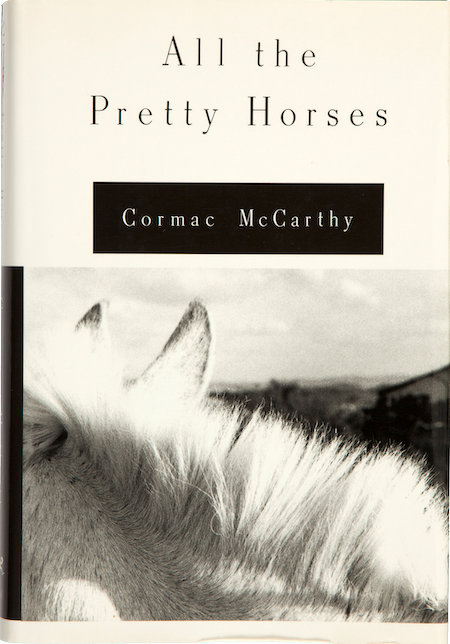

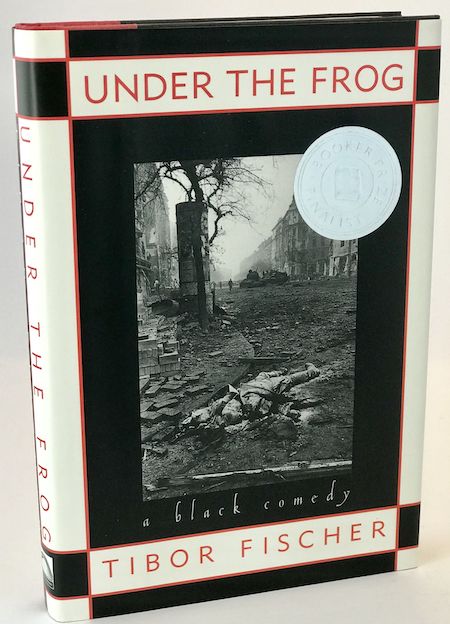
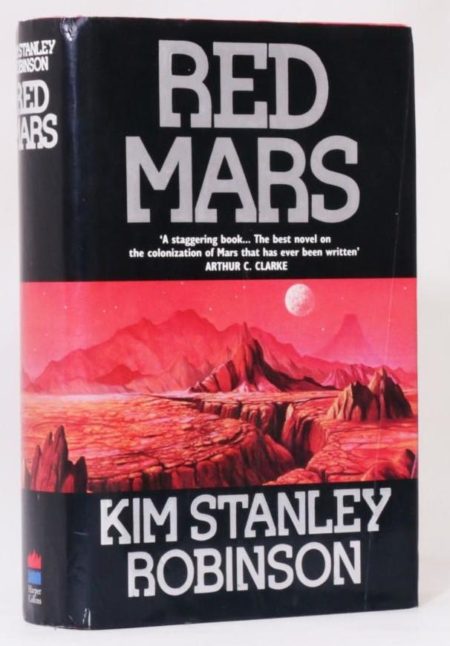
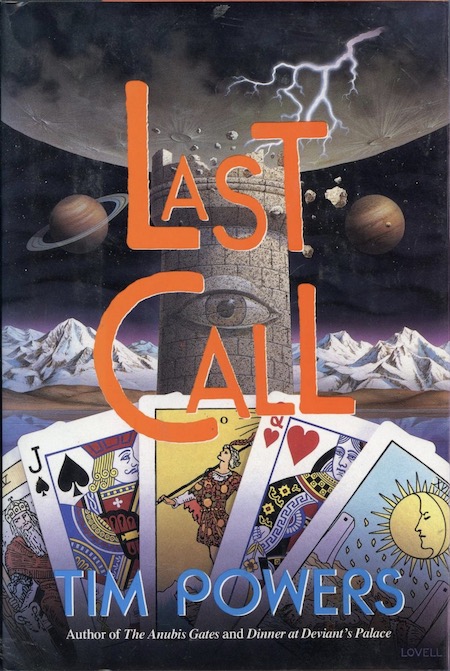
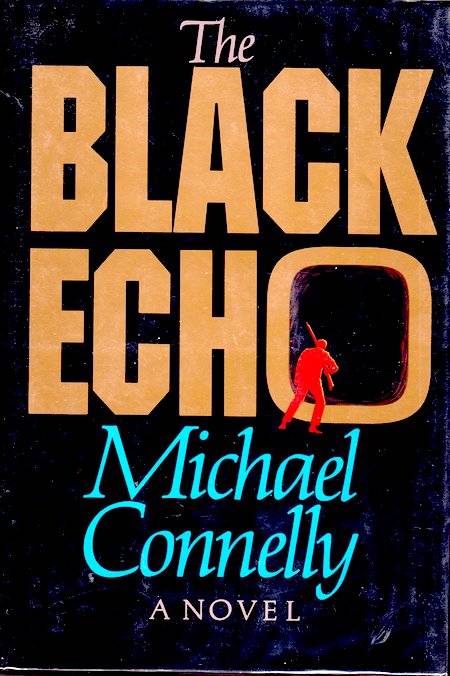
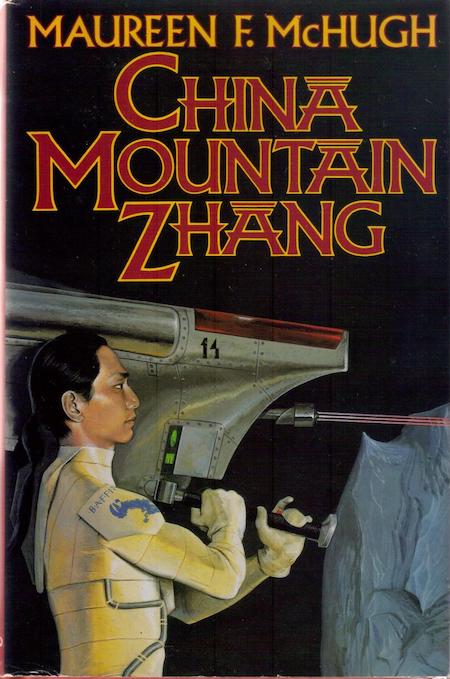
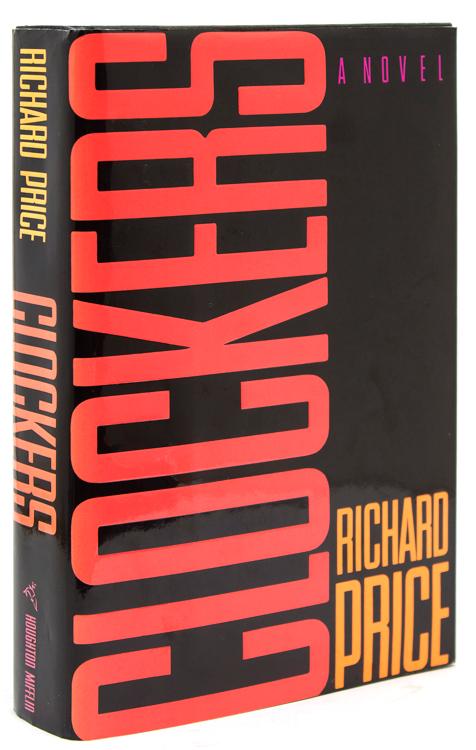
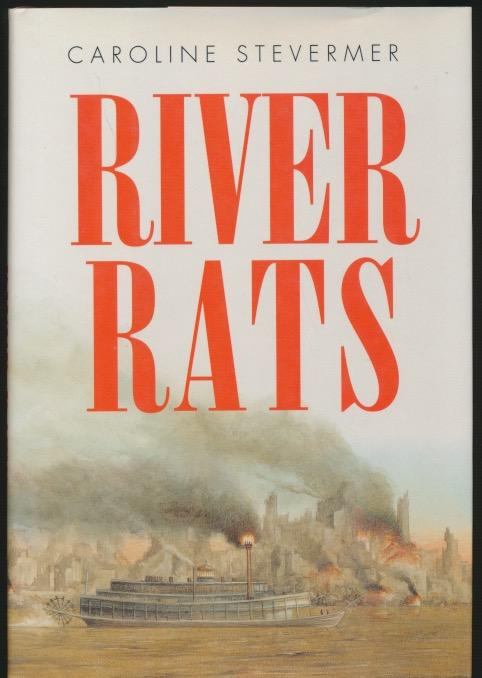
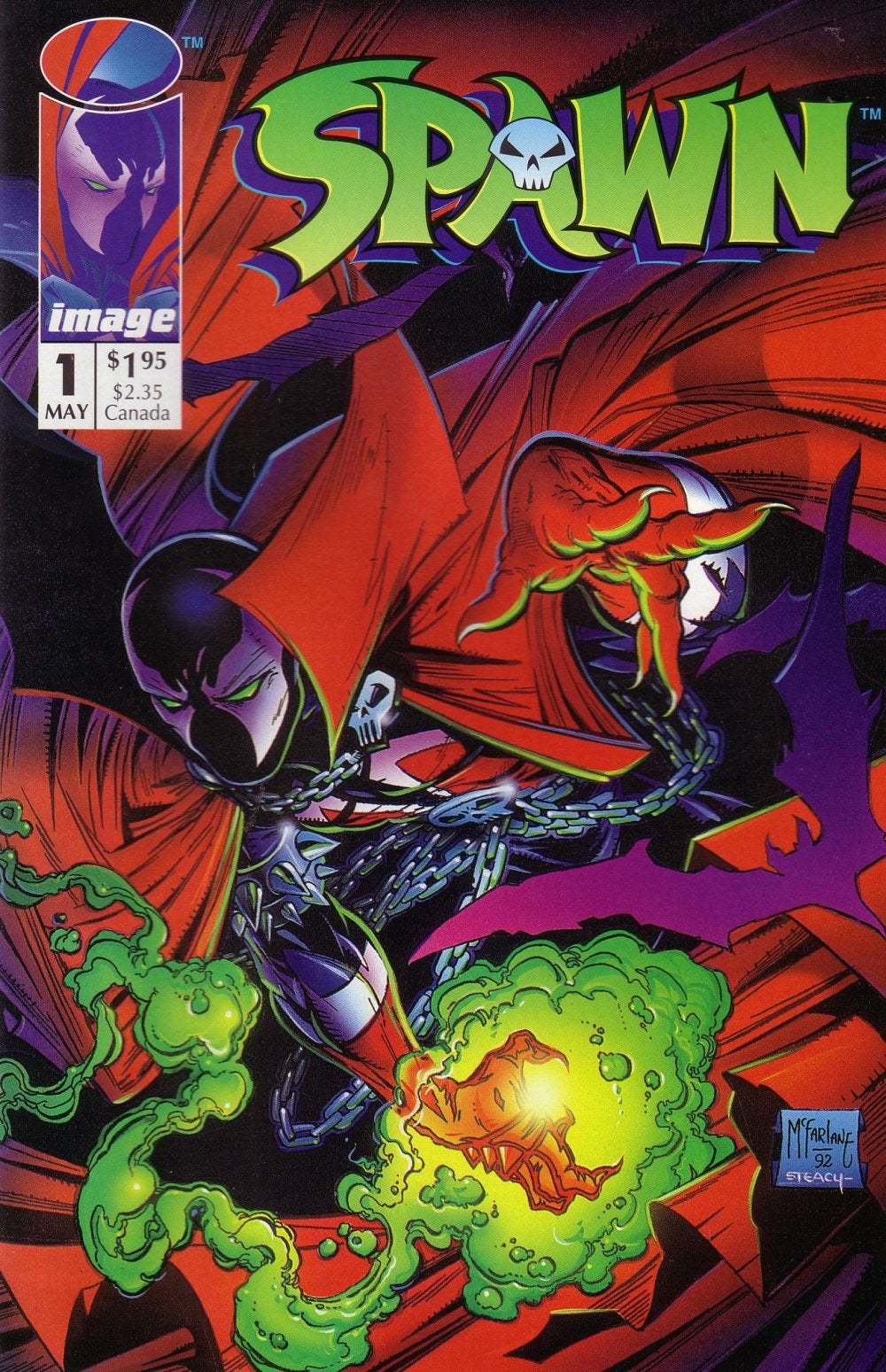
JOSH GLENN’S *BEST ADVENTURES* LISTS: BEST 250 ADVENTURES OF THE 20TH CENTURY | 100 BEST OUGHTS ADVENTURES | 100 BEST RADIUM AGE (PROTO-)SCI-FI ADVENTURES | 100 BEST TEENS ADVENTURES | 100 BEST TWENTIES ADVENTURES | 100 BEST THIRTIES ADVENTURES | 75 BEST GOLDEN AGE SCI-FI ADVENTURES | 100 BEST FORTIES ADVENTURES | 100 BEST FIFTIES ADVENTURES | 100 BEST SIXTIES ADVENTURES | 75 BEST NEW WAVE SCI FI ADVENTURES | 100 BEST SEVENTIES ADVENTURES | 100 BEST EIGHTIES ADVENTURES | 75 BEST DIAMOND AGE SCI-FI ADVENTURES | 100 BEST NINETIES ADVENTURES | 75 BEST HADRON AGE SCI-FI ADVENTURES | NOTES ON 21st-CENTURY ADVENTURES.
